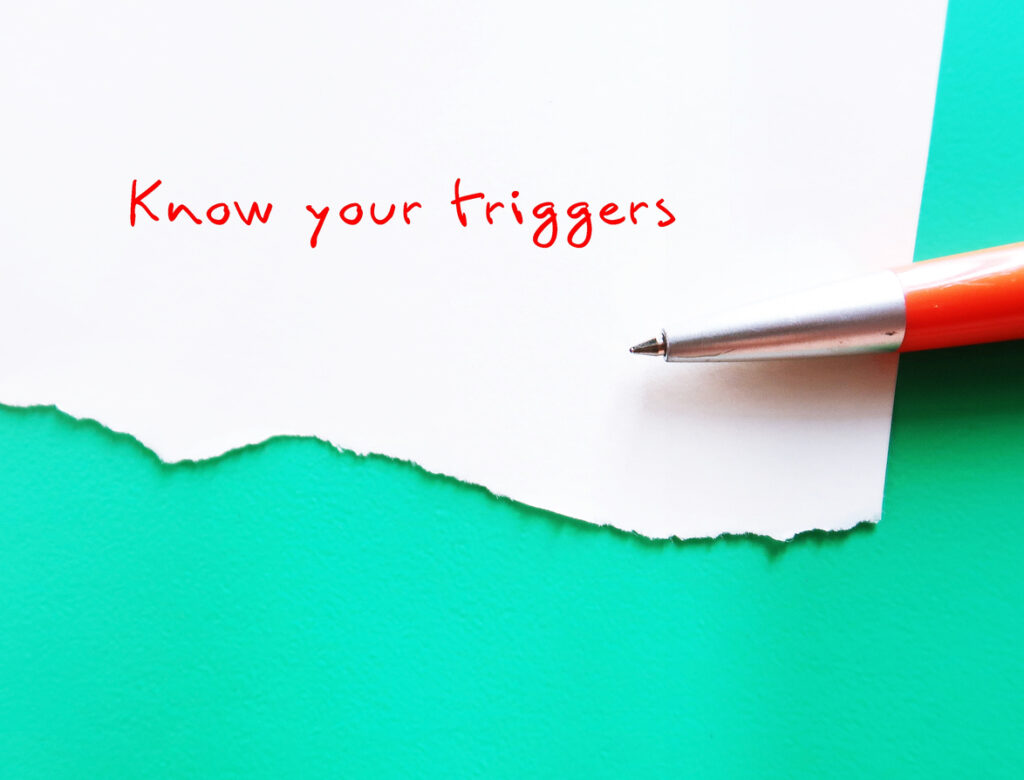Certain dynamics deeply influence how we connect and interact with others. One such dynamic, relationship enmeshment, plays a crucial role in many close bonds. This term refers to a scenario where personal boundaries are so intertwined with another’s that individual identities blur. This blending of emotional and psychological lines can be subtle yet significant, impacting autonomy and growth.
Discerning the fine line between healthy closeness and overwhelming codependency is essential for both personal mental health and the connection with the other person. This blog aims to shed light on the characteristics of enmeshed relationships, their challenges, and their effect on personal freedom and the health of close bonds.
Once individuals grasp this concept, they may recognize, navigate, and balance these intricate ties better, leading to healthier and more fulfilling connections.

What Is An Enmeshed Relationship?
To define an enmeshed relationship, we look at a dynamic where emotional boundaries are heavily blurred or almost non-existent. This dynamic type is characterized by overwhelming emotional interdependence, leading to a significant loss of individual autonomy and identity over time.
- Overlapping Emotional Experiences: In this dynamic, the emotional states and experiences of one person are heavily influenced by and, in turn, influence the other’s emotions. This often leads to a situation where the collective needs of the relationship overshadow the individual’s needs.
- Absence Of Personal Boundaries: There’s a marked lack of personal space and boundaries, leading to the individual’s preferences, decisions, and desires being constantly overshadowed by the relationship’s demands.
- Excessive Involvement In Each Other’s Lives: There’s an intense level of involvement in each other’s personal affairs, often to the point where individual autonomy is compromised.
These dynamics can manifest across various types of connections, with the root of the issue often stemming from early life connections with parents and siblings. Whether this occurs in your familial connections or romantic ones, each of them presents significant challenges to personal identity and autonomy.
What Are The Symptoms Of Enmeshment?
Identifying the symptoms of relationship enmeshment is the key to recognizing this intricate dynamic. These symptoms can manifest in various forms, often intertwining and reinforcing each other, creating a complex web that can be challenging to untangle.
1. Challenges In Independent Decision-Making
One of the main signs of this dynamic is the difficulty in making choices independently. Individuals in such relationships frequently find their decision-making process heavily influenced by the thoughts, feelings, and reactions of the other person. This dependency can range from minor everyday decisions to significant life choices, where the individual’s own opinions and desires are sidelined or altogether overridden.
2. Feeling Overly Responsible For The Other’s Emotional Well-Being
Another common symptom is an excessive sense of responsibility for the other person’s emotional state. This can manifest as constantly worrying about how actions, words, or thoughts might affect the other person. It often leads to an unhealthy dynamic where one person becomes the emotional caretaker, constantly trying to anticipate and manage the other’s emotional needs, sometimes even at the cost of their mental health.
3. Neglect Of Personal Needs And Aspirations
This dynamic often leads to the neglect of personal needs, desires, and aspirations. The individual’s goals and interests become secondary, overshadowed by the perceived needs of the other person. This might result in giving up hobbies, career aspirations, or social connections incompatible with the relationship’s dynamics. Over time, this can lead to a significant loss of personal identity and a sense of fulfillment.
4. Loss Of Personal Identity
Closely related to the neglect of personal needs is the erosion of personal identity. In an enmeshed relationship, the individual’s sense of self becomes so intertwined with that of the other person that distinguishing personal beliefs, values, and emotions becomes difficult. This loss of identity can manifest in various ways, such as adopting the other person’s opinions, mimicking their behavior, or losing touch with one’s emotional responses.
5. Heightened Anxiety And Stress
This dynamic often leads to increased levels of anxiety and stress. The fear of upsetting the balance of the relationship, coupled with the pressure of meeting the other person’s needs, can create a persistent state of tension and worry. This stress can have far-reaching effects on the individual’s overall well-being, including physical health, mental health, and emotional resilience.
6. Difficulty In Establishing Boundaries
A key symptom of enmeshment is the challenge in establishing and maintaining healthy personal boundaries. These individuals often struggle to set limits, say no, or advocate for their needs. This lack of boundaries perpetuates the same unhealthy cycle and hampers the development of mutually respectful and supportive connections.

What Does Enmeshment Look Like In A Romantic Relationship?
This dynamic can manifest in various ways, such as partners having a significantly overlapping social life, shared hobbies, and mutual decision-making to the extent that individual preferences and activities are no longer discernible.
When dating someone with an enmeshed family, these patterns might be more pronounced, as the person might have been conditioned to prioritize collective decisions over personal autonomy. This situation often leads to a scenario where the boundaries between ‘I’ and ‘we’ become so blurred that personal identity takes a backseat to the collective identity.
Are Enmeshed Relationships Often Typical Of Couples In Love?
There’s a common misconception that this dynamic is typical for couples who are deeply in love with each other. While close bonding and shared experiences are natural in loving relationships, this dynamic goes beyond this, leading to an unhealthy level of interdependence. Healthy relationships encourage and respect individuality and personal growth.
In contrast, this dynamic often results in a loss of self and over-reliance on the partner for emotional validation and decision-making. The root of this pattern usually comes from childhood, which is why it can be useful to read up on familial enmeshment psychology.
Learned behaviors and patterns from childhood often influence how individuals engage in their romantic connections. It’s important to recognize that true love fosters independence alongside intimacy, as opposed to the suffocating closeness found in enmeshed family examples.

Learn How To Overcome Relationship Enmeshment With PIVOT
In the journey to untangle the complexities of this unhealthy dynamic, the path can seem difficult and solitary. Fortunately, it doesn’t have to be. PIVOT provides a time tested and proven process that is adapted to your unique story, so you can shift to healthier patterns through this challenging moment in your life.

In the nurturing environment of our Glass House Retreat, you’ll find experienced coaches who can provide you with dedicated support and insights. This unique retreat is designed to help individuals like you explore and understand the dynamics of your relationships and the signs of an enmeshed family, all while offering tools and strategies to foster healthier, more independent connections. Join us and embark on a transformative journey towards relationship clarity and personal empowerment.





















